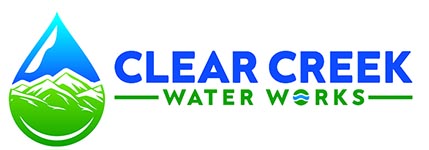Do I need a well chlorination?
We would suggest that you have a well chlorination done only if you have reason to expect that your well water has been contaminated with surface water. This is accomplished by taking a total coliform / E.coli sample to a state certified lab and having it tested.
But I only wanted coliform tested. Why do I have to have E.coli tested also?
The test is designed to test both types of bacteria. A positive coliform test indicates that you have surface water contamination in your well. A positive E.coli test indicates that the surface water likely had direct contact with animal feces which means that it may indicate a contamination from a septic system or direct run-off from an animal(s)’ pen.
There seem to be two types of tests. What’s the difference?
The primary difference is that one test is a P/A (presence/absence) test and one is a MPN (most probable number) test. The P/A test is simple and inexpensive. The MPN test is also simple but it is more expensive because of the equipment needed to perform the test. Most state health departments require a P/A test as a minimum for a homeowner to receive a Certificate of Occupancy (CO) on a well and some states require that this test be completed every time work is performed on the well. Check your state requirements as to what is necessary for YOU. An MPN test may be required by the health department if you have had a history of positive P/A tests while trying to get a CO.
OK. I’ve had my water tested and the test was positive for coliform. I’ve ruled out sampling error and well construction issues (both discussed in the “Now What?” article) and I’ve decided to chlorinate my well. Is this something that I can do or do I need to call a well driller/water treatment professional/plumber to do the job?
Well Chlorination is not for the faint-of-heart. The equipment that you will be working with (well system, pressure tank, water heater, etc) are not inexpensive to fix and if you screw them up, you will likely have to call a professional to fix your mistake. However, if you are reasonably handy, careful with what you do, and know which end of a wrench to hold and which end of a hose to connect to a faucet, a project like this is eminently doable.
How do I get started?
Go to our page that says “Well Chlorination 101” to get started.

